Ruby – the name given to red, gem-quality corundum – is one of the best gemstones for jewellery settings. Rubies may be any shade of red, from pinkish to purplish or brownish red, depending on the chromium and iron content of the stone. Frequent twinning of the crystals makes the material liable to fracture, yet ruby is a tough mineral, second only to diamond in hardness. Crystal prisms are hexagonal with tapering or flat ends. As the crystals grow they form new layers, and depending on the geological conditions and minerals present, colour variations, called zoning, occur.
Worldwide in igneous and metamorphic rocks, or as waterworn pebbles in alluvial deposits. The finest ruby comes from Burma; those from Thailand, the main source, are brownish red; Afghanistan, Pakistan and Vietnam produce bright red stones; those from India, North Carolina (USA), Russia, Australia, and Norway are dark, sometimes even opaque.
In 1902, a Frenchman, Auguste Verneuil, produced a synthetic ruby crystal by exposing powdered aluminium oxide and colouring material to the flame of the blowtorch.


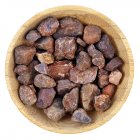
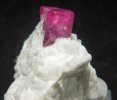
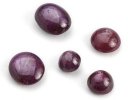
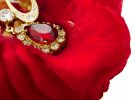





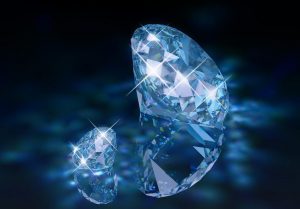




















Leave a Reply
You must be logged in to post a comment.